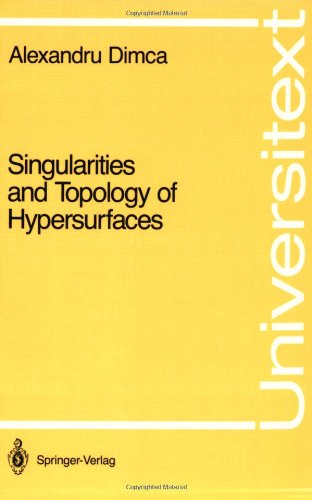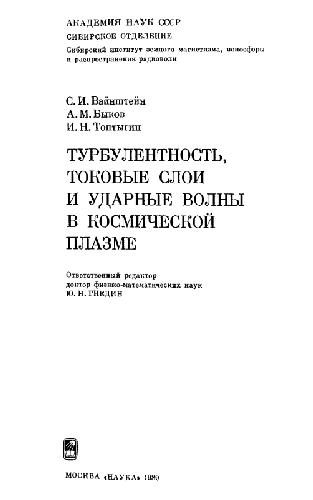- 2 402 202 книги
- Поиск
libcats.org









A First Course in Fourier Analysis
David W. KammlerI'm an electrical engineer, with a focus in signal processing. This is the book I learned Fourier analysis from, and once I did, the classes that EEs usually dread were relatively easy for me. This is the only textbook I actually read every chapter of (and we only covered the first half in the Fourier analysis course). Kammeler writes in a conversational style, which I like in a text, and goes through many practical examples in math, physics, and engineering. I appreciated the rigor devoted to generalized functions (Dirac deltas are almost always glossed over in engineering texts, and thus remain mysterious and sometimes non-sensical), yet Kammeler always keeps intuition close by so it's relatively easy to follow if you're not a mathematician. The parts I didn't like were when Kammeler fell back on more elementary yet more complicated presentations to avoid introducing too many new concepts. For example, I think the FFT is most easily understood with Z-transforms and multirate systems, and that Fourier analysis in general is more easily understood in terms of Hilbert spaces. It's hard to fault him for it though, because it's primarily a math book and needs to be mostly self-contained. It's also typeset in LaTeX, and looks beautiful.
Популярные книги за неделю:

Проектирование и строительство. Дом, квартира, сад
Автор: Петер Нойферт, Автор: Людвиг Нефф
Размер книги: 20.83 Mb

Система упражнений по развитию способностей человека (Практическое пособие)
Автор: Петров Аркадий НаумовичКатегория: Путь к себе
Размер книги: 818 Kb

Сотворение мира (3-х томник)
Автор: Петров Аркадий НаумовичКатегория: Путь к себе
Размер книги: 817 Kb

Радиолюбительские схемы на ИС типа 555
Автор: Трейстер Р.Категория: Электротехника и связь
Размер книги: 13.64 Mb
Только что пользователи скачали эти книги:

How surfaces intersect in space: an introduction to topology
Автор: J. Scott CarterКатегория: Mathematics, Geometry and topology
Размер книги: 5.13 Mb

Singularities and Topology of Hypersurfaces
Автор: Alexandru DimcaКатегория: Mathematics, Geometry and topology
Размер книги: 2.38 Mb

Синтетические методы в области металлоорганических соединений
Автор: Несмеянов А. Н. (ред.), Автор: Кочешкова К. А. (ред.)
Размер книги: 2.63 Mb

Турбулентность, токовые слои и ударные волны в космической плазме
Автор: Вайнштейн
Размер книги: 2.18 Mb

MySQL : Полное и исчерпывающее руководство по применению и администрированию баз данных MySQL 4, а также программированию приложений
Автор: Дюбуа, Автор: ПольКатегория: MYSQL, система управления базами данных, Вычислительная техника -- Автоматическая обработка информации -- Информационные системы и сети -- Базы данных -- Управление -- Пособие для специалистов
Размер книги: 78.33 Mb





